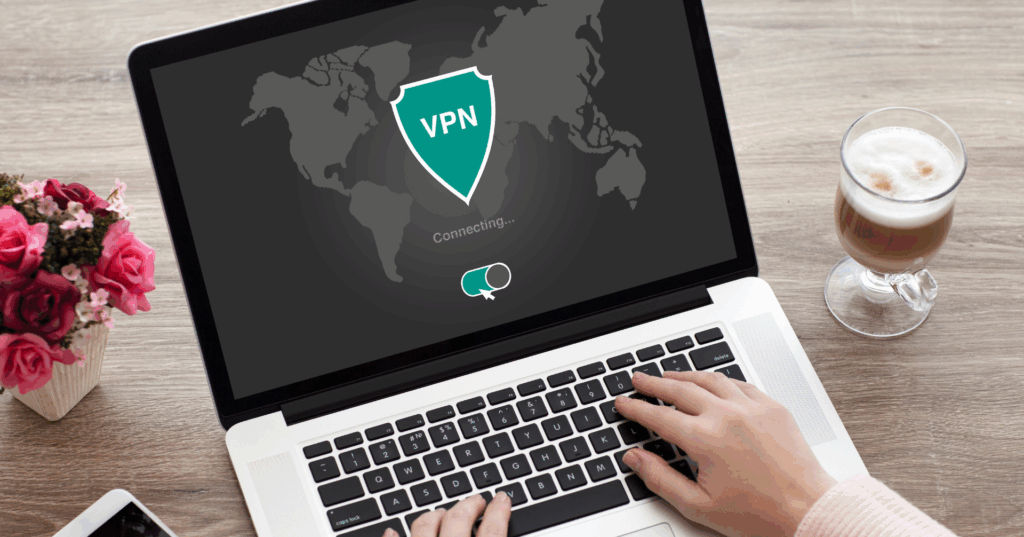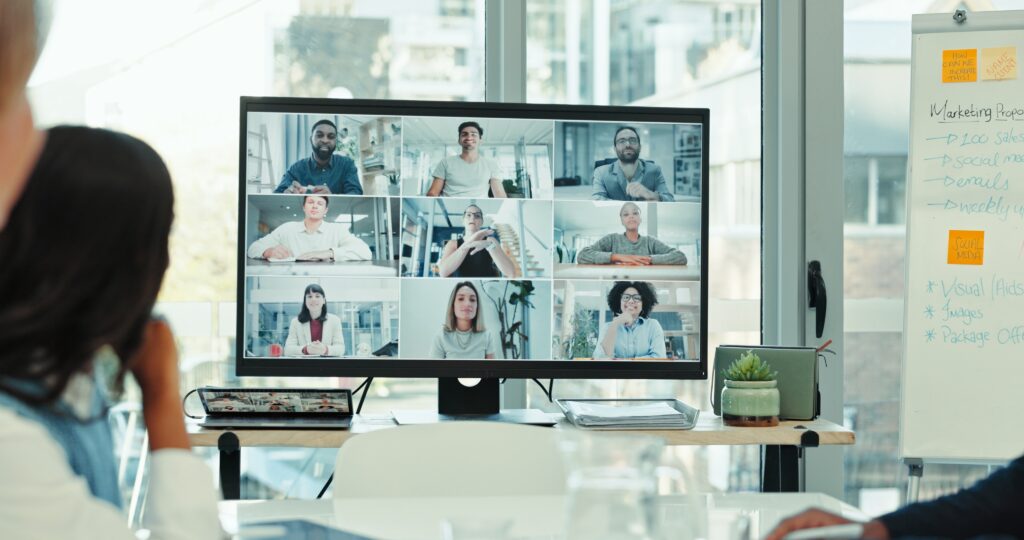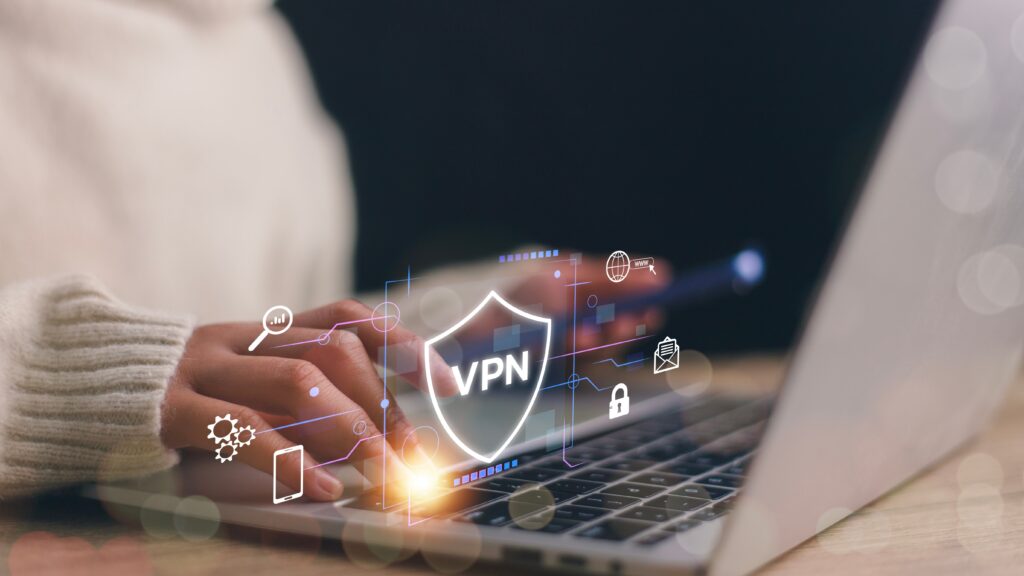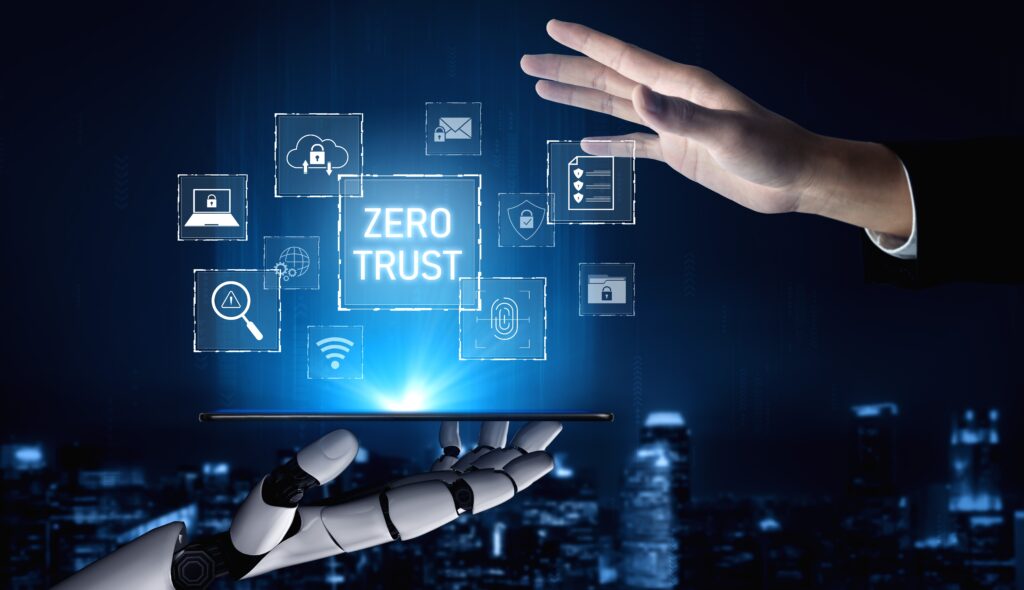Expert Insights on the Future of Remote Work
BYOD Security: Trends, Risks, and Top 10 Best Practices in 2025


Knowledge Article
BYOD Security: Trends, Risks, and Top 10 Best Practices in 2025
What Is BYOD Security? BYOD (Bring Your Own Device) Security refers to the measures organizations take to protect company data and applications when employees use their personal devices for work. This includes implementing data loss prevention policies, deploying monitoring solutions, and providing employee training to mitigate risks associated with sensitive company data being on their […]
Remote Browser Isolation: Challenges, Alternatives, and Best Practices


Knowledge Article
Remote Browser Isolation: Challenges, Alternatives, and Best Practices
Enterprise Browsers: 7 Key Features, Challenges & Best Practices


Knowledge Article
Enterprise Browsers: 7 Key Features, Challenges & Best Practices
BYOD in 2025: Pros/Cons, 8 Security Technologies, and 10 Pro Tips


Knowledge Article
BYOD in 2025: Pros/Cons, 8 Security Technologies, and 10 Pro Tips
Understanding SOC 2 Type 2 Audits and 5 Tips for Passing Yours


Knowledge Article
Understanding SOC 2 Type 2 Audits and 5 Tips for Passing Yours
What Is SOC 2 Type 2? A SOC 2 Type 2 report is an audit that assesses how effectively a company’s security controls operate over an extended period, typically 6 to 12 months. It verifies a service organization’s controls related to security, availability, processing integrity, confidentiality, and privacy, providing assurance to customers that their data […]
HIPAA Compliance in 2026: Everything You Need to Know


Knowledge Article
HIPAA Compliance in 2026: Everything You Need to Know
What Is HIPAA Compliance? HIPAA compliance refers to the adherence to the Health Insurance Portability and Accountability Act of 1996 (HIPAA), a U.S. federal law designed to safeguard protected health information (PHI). Compliance involves implementing safeguards, training staff, and conducting risk assessments to prevent unauthorized access, use, or disclosure of PHI. Key requirements include creating […]
AWS WorkSpaces Pricing Tiers, Examples, and Cost-Cutting Tips


Knowledge Article
AWS WorkSpaces Pricing Tiers, Examples, and Cost-Cutting Tips
How Is AWS WorkSpaces Priced? AWS WorkSpaces is a managed desktop-as-a-service (DaaS) solution provided by Amazon Web Services. It enables organizations to provision virtual, cloud-based desktops for individual users or teams. AWS WorkSpaces pricing is flexible, with options for monthly or hourly billing, depending on your needs. Costs are determined by your chosen bundle, which […]
VDI vs. VPN: Top 7 Differences and Why Choose an Alternative


Knowledge Article
VDI vs. VPN: Top 7 Differences and Why Choose an Alternative
Defining VDI and VPN Technologies VDI (Virtual Desktop Infrastructure) provides users with a remote virtual machine that runs on a central server, offering high security by keeping data and applications off the user’s local device, but with higher costs and complexity. A VPN (Virtual Private Network) creates an encrypted tunnel for secure data transmission to […]
VDI vs. VM: 6 Key Differences, Pros and Cons


Knowledge Article
VDI vs. VM: 6 Key Differences, Pros and Cons
Defining Virtual Desktop Infrastructure (VDI) and Virtual Machine (VM) VDI (Virtual Desktop Infrastructure) is an IT infrastructure that provides virtualized desktops to users, while a VM (Virtual Machine) is a virtual computer that can host an operating system and applications. VDI uses multiple VMs to deliver a complete desktop experience to many users, whereas a […]
Remote Work Solutions: Key Categories and 15 Tools to Know in 2026


Knowledge Article
Remote Work Solutions: Key Categories and 15 Tools to Know in 2026
What Are Remote Work Solutions? The evolution of remote work solutions has shifted from simple virtual private networks (VPNs) and email systems to complex, multi-layered environments. Modern setups utilize cloud-based applications, unified communication suites, and secure access architectures to accommodate the diverse needs of distributed teams. Modern remote work solutions involve a combination of tools […]
Island Browser: Features, Cost, Limitations and Alternatives [2026]


Knowledge Article
Island Browser: Features, Cost, Limitations and Alternatives [2026]
What Is Island Enterprise Browser? Island Enterprise Browser is a Chromium-based web browser for enterprise environments. It focuses on security, compliance, and centralized control, differentiating it from consumer-focused browsers like Chrome, Firefox, or Safari. Island integrates with existing IT and security infrastructure to give organizations granular visibility and management over employee browser activity, enabling secure […]
VPN Tunneling: Protocols, Security Risks, and Alternatives


Knowledge Article
VPN Tunneling: Protocols, Security Risks, and Alternatives
What Is VPN Tunneling? VPN tunneling is a process that creates a secure, encrypted pathway for your data to travel between your device and a VPN server. It is the core technology that a Virtual Private Network (VPN) uses to protect your online activity and privacy. How VPN tunneling works: This technology is used by […]
ZTNA in 2026: How It Works, Use Cases, and Best Practices


Knowledge Article
ZTNA in 2026: How It Works, Use Cases, and Best Practices
What Is Zero Trust Network Access (ZTNA)? ZTNA, or Zero Trust Network Access, is a security model that provides secure access to applications and resources by verifying user identity and device posture before granting access. It is a modern alternative to traditional VPNs, which connects users to a network; ZTNA grants access to specific applications, […]